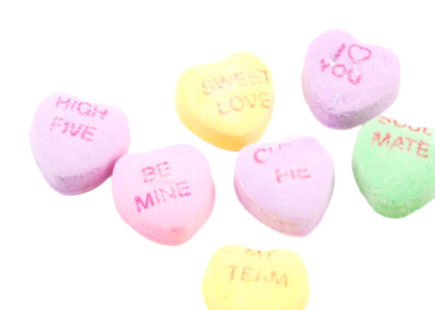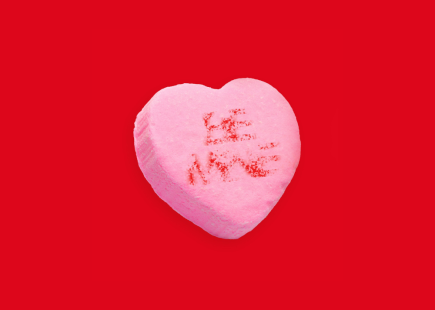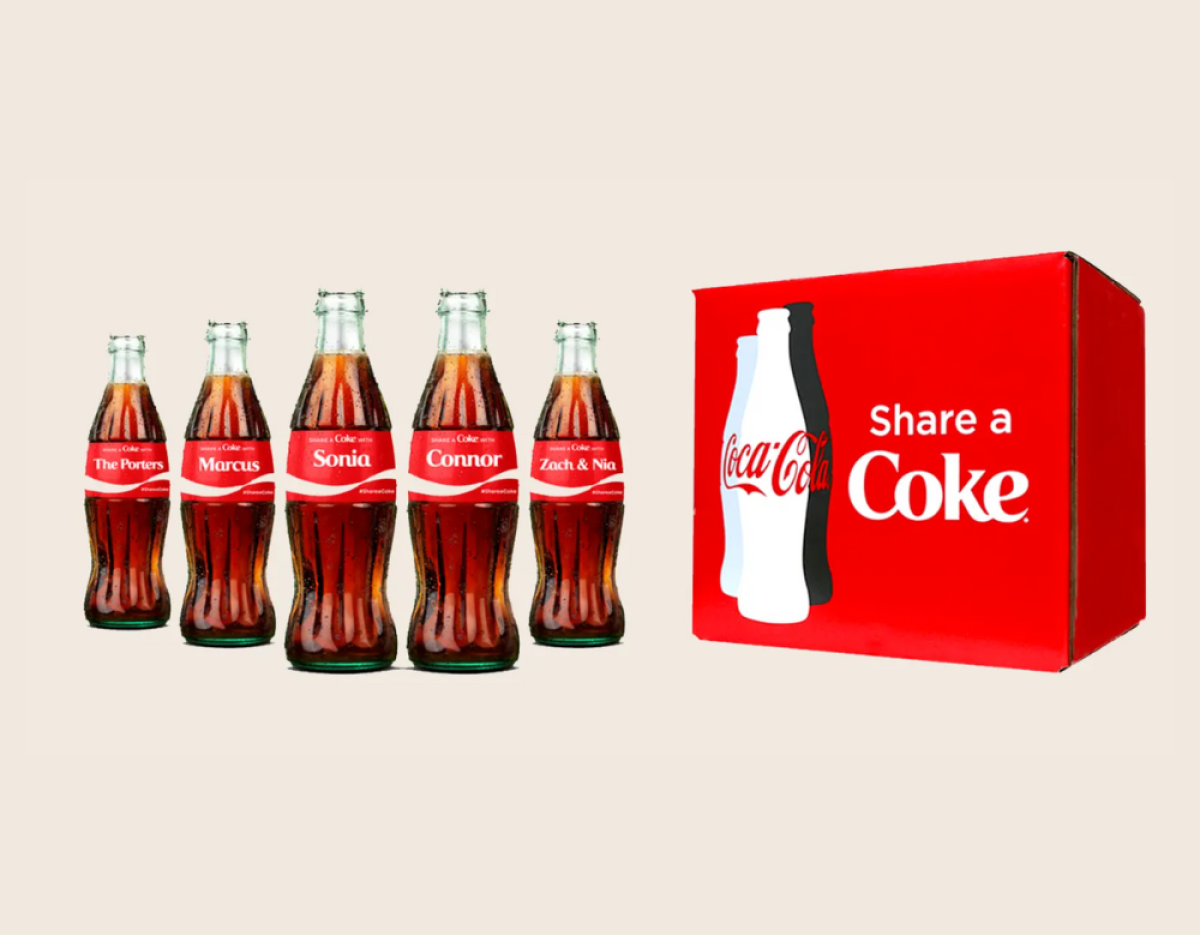Sweethearts embraces the blurred nature of ‘situationships’ for Valentine’s Day

situationship [sɪtjʊˈeɪʃ(ə)nʃɪp, sɪtʃʊˈeɪʃ(ə)nʃɪp]
Noun
situationship (noun) · situationships (plural noun)
a romantic or sexual relationship that is not considered to be formal or established: "I'm trying to turn our situationship into something more serious"

With 154.6 million views on TikTok, the term ‘situationship’ is now a common paradigm for Gen-Z and millennials
So, in the spirit of catering to new markets, Sweethearts spotted an opportunity to add a twist to its iconic conversation hearts by launching a limited-edition Valentine's Day set of boxes for those whose relationship might not fit into traditional archetypes.
The newly designed sweets feature blurry and misprinted heart shaped insignia, made intentionally difficult to read, to bring an air of nostalgia.
In a press release, Evan Brock, vice president of marketing for Spangler, wrote: "Singles are taking 'situationships' to the next level this year, and Sweethearts is here for them. The printing on Sweethearts isn't always perfect. This is our way of embracing those imperfections in a way that taps into pop culture."
"The undefined and noncommittal situationship continues to evolve as people are less concerned about relationship outcomes and more interested in enjoying the process," Spangler Candy Company shared based on Tinder data.
So, in the spirit of catering to new markets, Sweethearts spotted an opportunity to add a twist to its iconic conversation hearts by launching a limited-edition Valentine's Day set of boxes for those whose relationship might not fit into traditional archetypes.
The newly designed sweets feature blurry and misprinted heart shaped insignia, made intentionally difficult to read, to bring an air of nostalgia.
In a press release, Evan Brock, vice president of marketing for Spangler, wrote: "Singles are taking 'situationships' to the next level this year, and Sweethearts is here for them. The printing on Sweethearts isn't always perfect. This is our way of embracing those imperfections in a way that taps into pop culture."
"The undefined and noncommittal situationship continues to evolve as people are less concerned about relationship outcomes and more interested in enjoying the process," Spangler Candy Company shared based on Tinder data.


Our take
Adapting a brand to fit a progressive paradigm is a tightrope act, as Bud Light found out last year when its sponsorship campaign - conducted with actress and TikTok personality Dylan Mulvaney, a transgender woman - led to a social media backlash and a dip in sales.
Unlike the male-centric, sports-watching Bud Light audience who view attempts to politicise their beloved brand as ‘pandering’, the Sweethearts demographic is younger, more emotionally led, and open to novelty. And the fact that the sweets sold out is evidence of this.
Sweethearts’s campaign, in time for Valentine’s Day: an occasion that most accept as a frivolous but fun calendar kickboxing exercise, was a success then, it seems.
Successful subversion
Given that Sweethearts seem to have caused minimal offense, gained widespread acclaim and smashed its sales figures, Creative Moment would like to take a moment to reflect on a few other historical wins for product reinvention.
So, let's talk about Dove's "Real Beauty" campaign.
It aimed to challenge conventional beauty standards by featuring a diverse range of body types and promoting self-confidence. The brand has also advocated for positive body image and self-esteem.
Why it worked: Dove’s long history of championing progressive causes meant its core audience was already primed to embrace the shifting zeitgeist.
And then there were Barbie's diverse dolls.
Barbie, produced by Mattel, has evolved to be more inclusive by introducing dolls with a variety of body types, ethnicities, and abilities. This shift reflects a more diverse and realistic representation of beauty.
Why it worked: As enforcing traditional gender roles fell out of fashion, there was a danger that Barbie too would become an anachronistic relic of days past. But, Mattel’s reinvention, and blockbuster film typified the brand’s self-awareness.
Fancy a Coca-Cola?
Coca-Cola's "Share a Coke" campaign featured personalised bottles with a wide range of names, promoting inclusivity and the idea that everyone can enjoy a Coke, regardless of their background or identity.
Why it worked: Everyone wants to feel included, and Coke’s gesture was subtle, but thoughtful.
And, finally, IKEA and its Diverse Family Portrayals.
IKEA has been praised for its diverse and inclusive portrayal of families in its marketing materials, showcasing various family structures and backgrounds.
Why it worked: IKEA has always been associated with its home country of Sweden’s inclusive spirit. Its 1996 ‘Chuck out your Chintz’ campaign, persuading mahogany-loving Brits to embrace soft woods and modern aesthetics, was an memorable early nod in this direction.

If you enjoyed this article, you can subscribe for free to our weekly email alert and receive a regular curation of the best creative campaigns by creatives themselves.
Published on:





